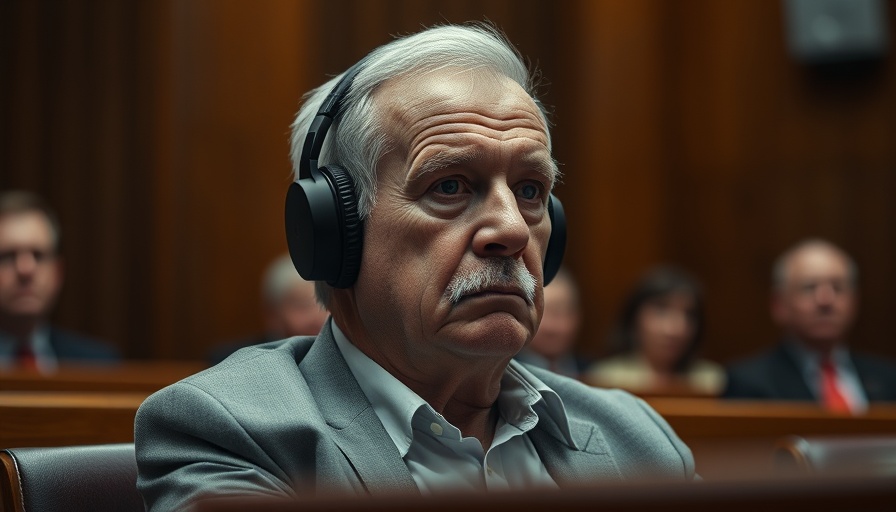
A Closer Look at the 20-Year Wait for Justice
The recent verdict in Hamilton, Ohio, marking a watershed moment in a case that has been open for nearly two decades, sheds light on the complexities of justice and the enduring impact of crime on communities. Antonio Riano, a 63-year-old Mexican national, has been convicted of the 2004 murder of Benjamin Becarra, a case that captures both the long arc of the judicial process and the stark realities of vigilante justice.
Understanding the Crime and Its Aftermath
Riano was found guilty of shooting 25-year-old Becarra outside the Round House Bar on a fateful December night in 2004. Witness testimony revealed the victim’s fears just minutes before his death—describing Riano's intimidating presence and threats. This murder, involving a weapon purchased shortly before the act, raised questions about the motivations behind Riano’s violent actions and the concept of self-defense versus premeditated murder.
The courtroom scenes were filled with tension, as Assistant Prosecutor Brad Burress painted a chilling picture of the events, framing them as an execution rather than an act of desperation. The dichotomy between the prosecution and defense narratives underscores an essential truth in legal cases: the struggle to balance emotional stories with factual evidence. The defense focused on Riano’s claims of being terrorized by Becarra, illustrating the often murky waters of perceived threats that can lead to tragic outcomes.
Societal Implications of Long-Standing Cases
Cases that remain unresolved for years, like Riano’s, affect not only the individuals involved but also the wider community. They evoke discussions about crime and punishment, the slow pace of justice, and the extremes to which individuals may be driven when they feel abandoned by the law. It begs the question: what mechanisms are in place for individuals seeking help against intimidation and violence? The failure of law enforcement to protect victims can lead to a desperate search for self-justification, often resulting in tragic consequences.
The Role of Public Sentiment
The trial also reveals how public sentiment can rapidly swing. Riano’s defense team argued that he acted out of a sense of fear, portraying him more as a victim than a villain. Yet, the video evidence illustrating his decisive action complicates this perception, painting him as a man who chose to engage in vigilante justice rather than seek help or walk away from the confrontation. This case raises important questions about the intertwining of fear, aggression, and the resulting community dynamics that often go unaddressed.
Conclusion: Lessons from Hamilton's Tragedy
As Antonio Riano awaits sentencing, set for July 14, his case embodies the multifaceted nature of justice. It serves as a grim reminder of how violence reverberates through families and communities—often long after the initial incident. For Hamilton residents and beyond, the verdict may bring a sense of closure, but it also invites reflection on broader societal issues: how fear can transform individuals into perpetrators, and what can be done to prevent such tragedies in the first place. As we engage in these discussions, it is crucial to remember those affected—both victims and perpetrators—and to seek comprehensive solutions to violence that extend beyond courts and sentences.
 Add Row
Add Row  Add
Add 




Write A Comment